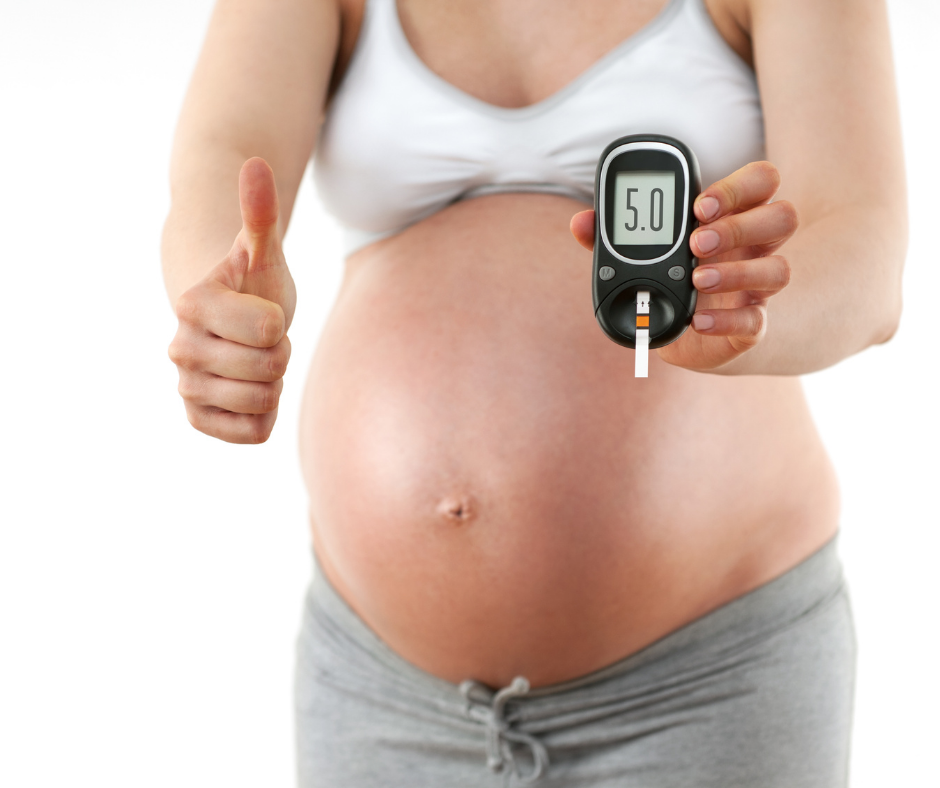
Gestational diabetes, currently there is no definitive cause. This post attempts to describe the condition and what could be the possible mechanism of the condition could be. There are also tips for management.
According to the CDC gestational diabetes is a type of diabetes that can develop during pregnancy in women who don’t already have diabetes. Every year, 2% to 10% of pregnancies in the United States are affected by gestational diabetes. Managing gestational diabetes will help make sure you have a healthy pregnancy and a healthy baby. https://www.cdc.gov/diabetes/basics/gestational.html
What is it?
In a 'normal' pregnancy when you eat food or drink fluid the pancreas produces insulin in response to hyperglycaemia (the blood glucose rising in response to nutritional intake) and the insulin allows for glucose to enter the maternal cells. Then there is normally enough blood glucose left in the maternal circulation to then enter 'foetal' circulation.
The foetus requires glucose in order to gain energy and to grow. So the foetus receives adequate glucose and there is normal growth.
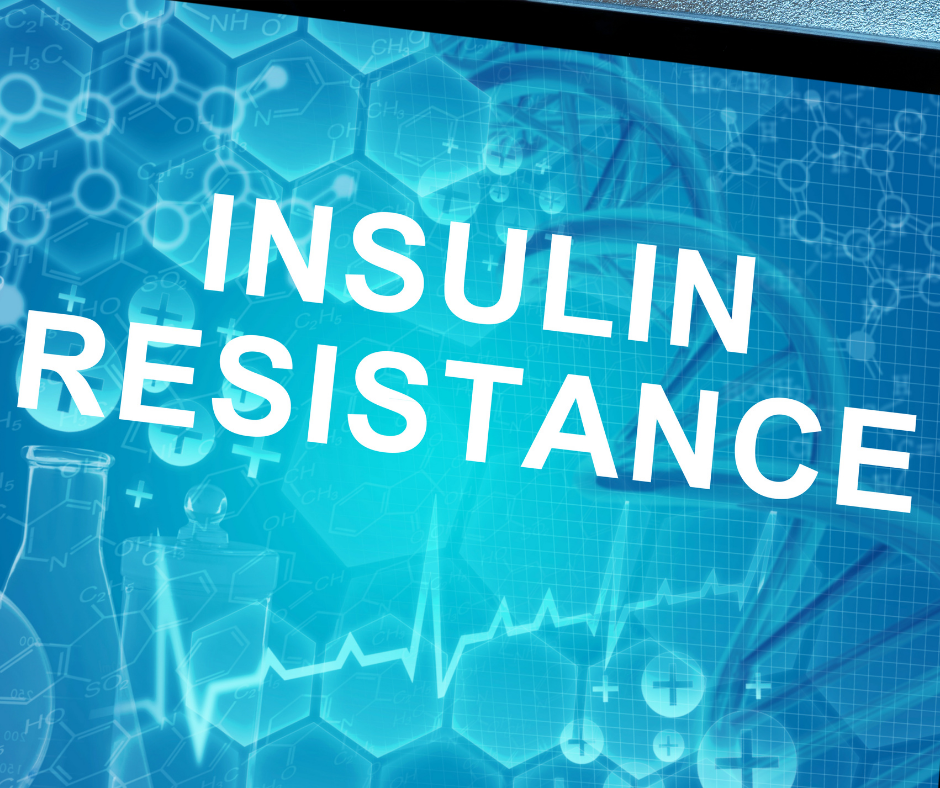
Why Does it Happen?
During pregnancy maternal insulin sensitivity decreases.
The effects of insulin on maternal tissue is reduced. Thus leaving more glucose in the blood.
There is beta cell hyperplasia in the pancreas (above normal growth of the beta cells which produce insulin)
The foetus releases factors telling the maternal body to feed it.
In gestational diabetes there are above the normal levels of reductions in insulin sensitivity which is believed to then increase insulin resistance.
A theory as to why insulin resistance occurs in the maternal tissue is that the placental fluid secretes HGH, CRH and other placental fluid.
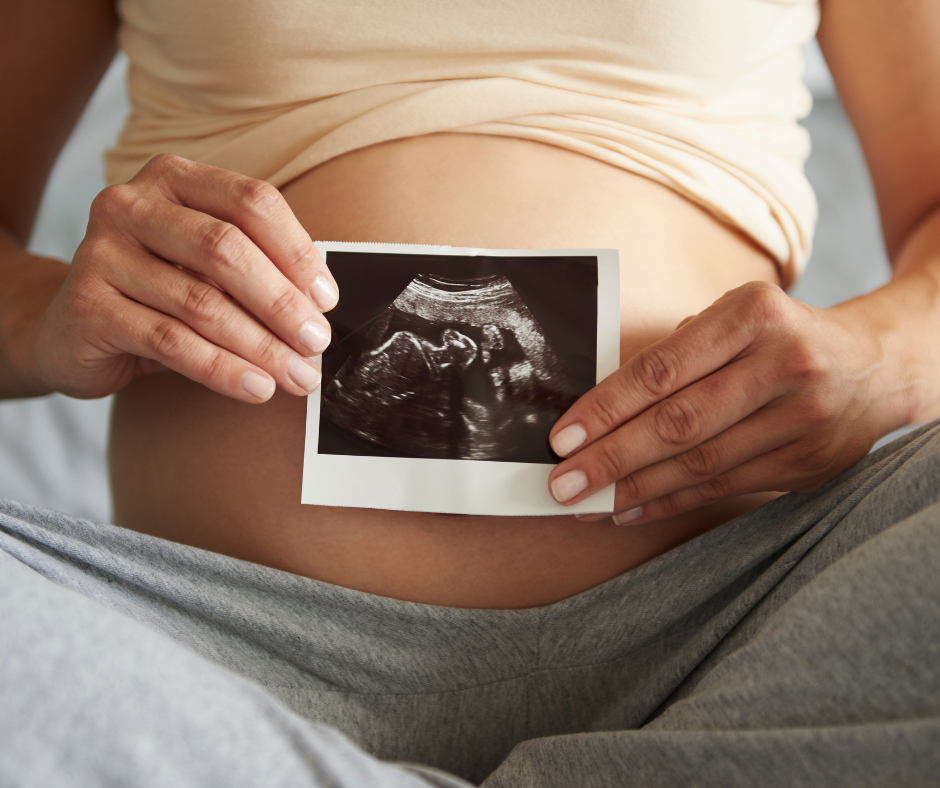
What is the Mechanism?
The mother will not have enough glucose entering her own cells so she will experience hyperglycaemia in the maternal circulation.
This hyperglycaemic state will also travel into foetal circulation so there is an increase in blood glucose in the foetus.
So foetal circulation will stimulate the pancreas of the foetus to produce its own Insulin.
The cells will take up more glucose than normal so you get a big baby.
The mother MIGHT experience symptoms of diabetes:
The 4 Ps
Polyuria, Polyphagia, Paresthesia and Polydipsia

Polyuria is a medical term that describes excessive urination

Polyphagia, also known as hyperphagia, is the medical term for excessive or extreme hunger.

Paresthesia is an abnormal sensory condition in which you feel a sensation of burning, numbness, tingling, itching or prickling

Polydipsia is a medical name for the feeling of extreme thirstiness.
RISK FACTORS for developing gestational diabetes
Over 35 years old
Family history
Polycystic ovarian syndrome
Obesity
Certain ethnic groups
Previous history of gestational diabetes

Normally during screening at 24 to 28 weeks.
Tested with fasted blood glucose labs where results of 5.1 millimoles per litre or greater can possibly show potential for gestational diabetes.
Or a oral glucose tolerance test with one hour readings of 10 millimoles per litre or greater
Or after two hours a reading of 8.5 or greater.
These readings SHOULD be lower as insulin SHOULD be lowering blood glucose.
With insulin resistance or decreased insulin sensitivity then blood glucose will take a lot longer to fall.
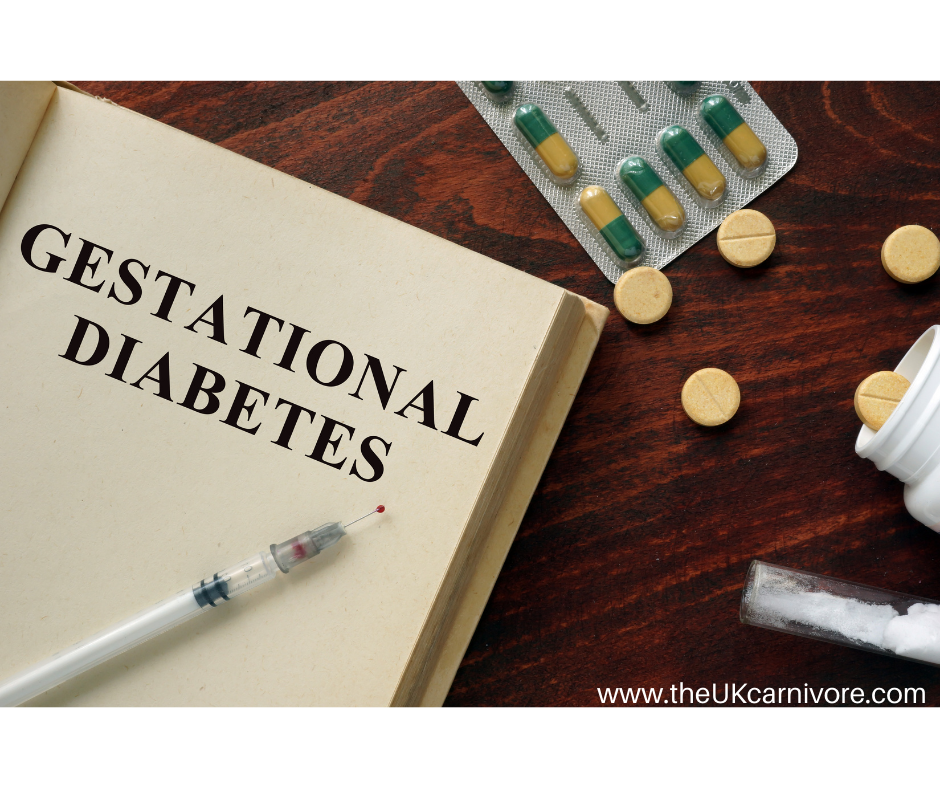
Pregnancy management
Can be via nutrition and exercise
Metformin is sometimes prescribed
Even insulin injections
Continued finger prick testing of blood glucose at least 4 times a day.
Complications can be either
Maternal;
Hypertensive disorders
Increased risk of infection
Increased risk of developing type 2 diabetes
C section
Foetal;
Foetal hyperinsulinemia (big baby)
Foetal osmotic diuresis (peeing a lot)
Infant
During delivery, big baby, macrosomia (birth trauma to either baby or mother's genital tract)
Once the umbilical cord is clamp there is no glucose supply but there is still insulin in the infant so they could be hypoglycaemia.
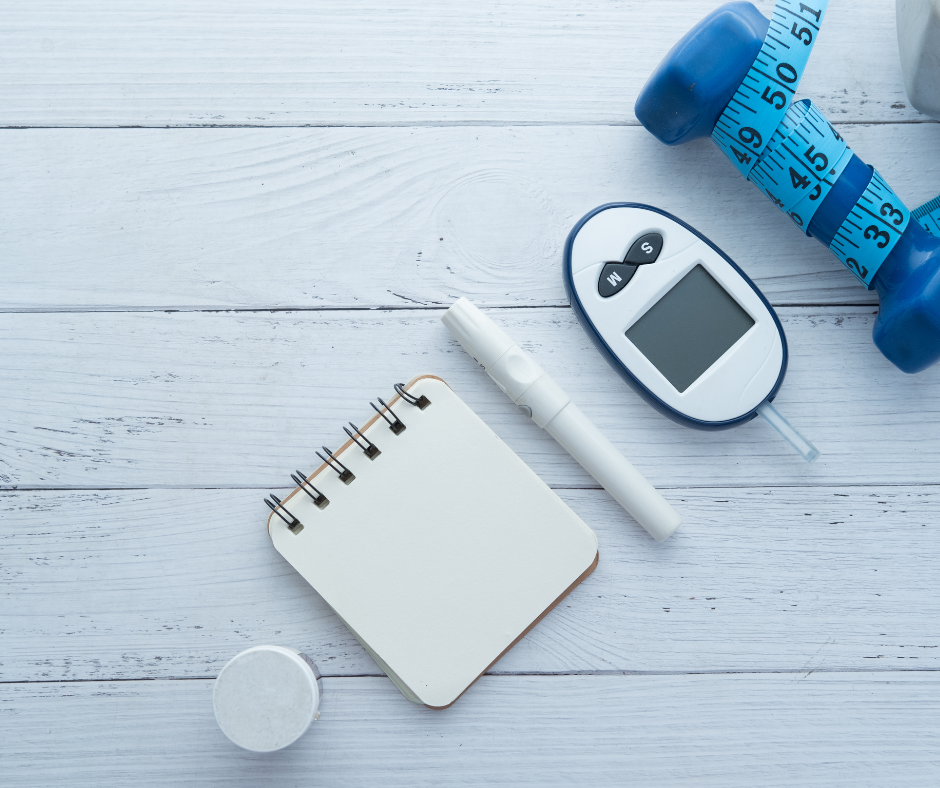
How can I lower my chance of developing gestational diabetes?
If you are thinking about becoming pregnant and are overweight, you can lower your chance of developing gestational diabetes by losing extra weight and increasing physical activity before you become pregnant. Taking these steps can improve how your body uses insulin and help your blood glucose levels stay normal.
Once you are pregnant, don’t try to lose weight.
Side Note
Side note for diagnosis of type 2 diabetes in general
The 7/11 rule
Fasting glucose higher than 7 millimoles per litre
Or
A random blood glucose test of higher than 11 millimoles per litre
PLUS SYMPTOMS
References
Preventing Gestational Diabetes
What increases my chance of developing gestational diabetes?
Associations between insulin resistance and adverse pregnancy outcomes in women with gestational diabetes mellitus: a retrospective study
https://pubmed.ncbi.nlm.nih.gov/34301212/
Correlation Between Maternal and Fetal Insulin Resistance in Pregnant Women with Gestational Diabetes Mellitus
https://pubmed.ncbi.nlm.nih.gov/29945326/
